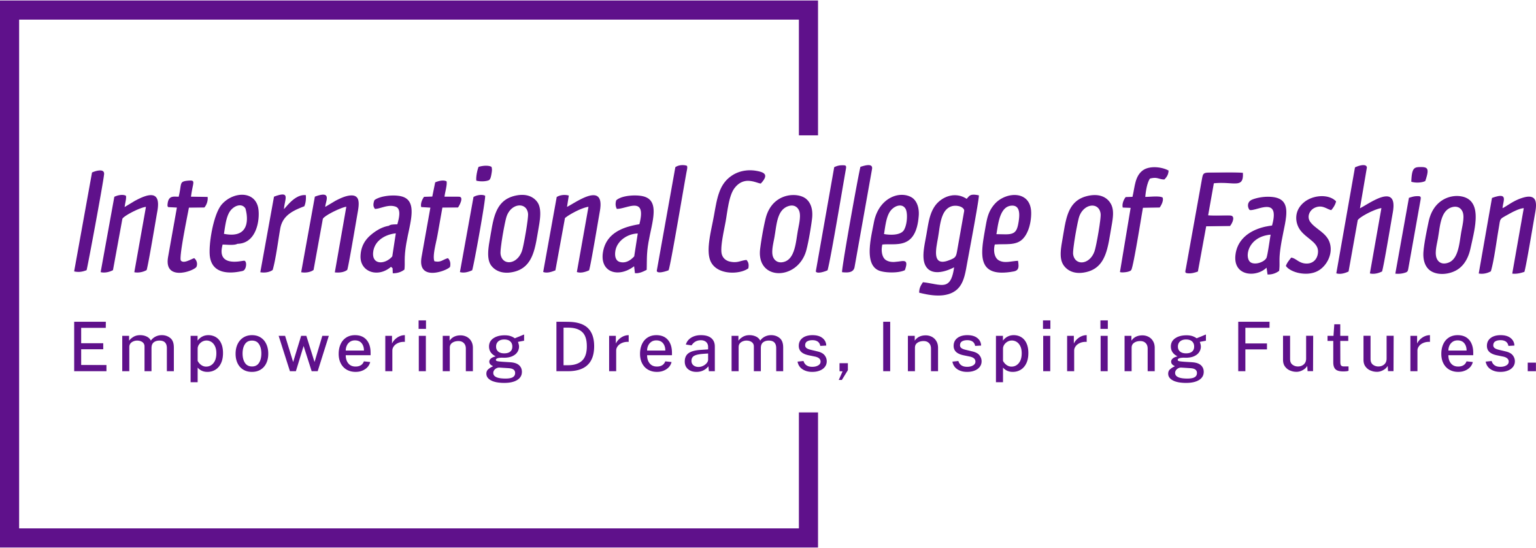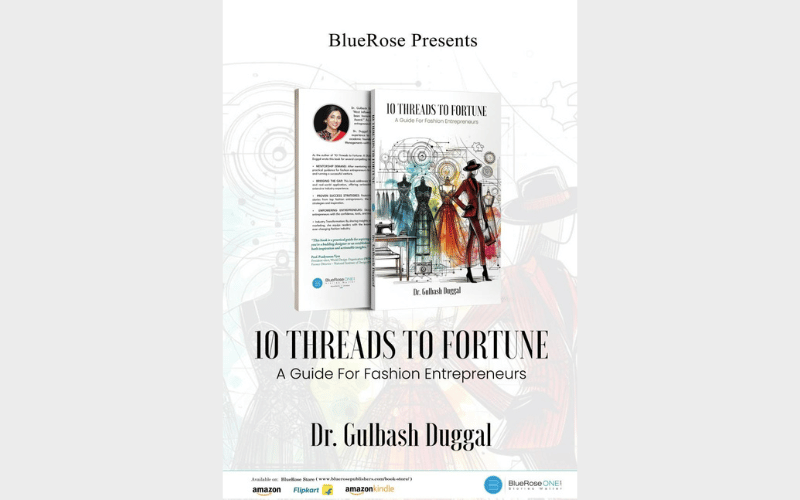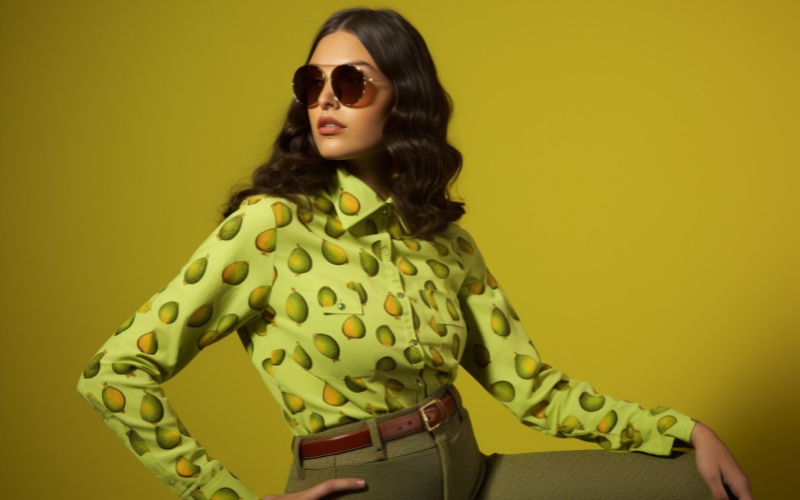
Fashion Designing and the Fancy Jargons
The world of fashion design is rich, diverse, and constantly evolving. For those pursuing a career in fashion design, understanding industry-specific terminology is vital for effective communication and professionalism.
Mastering the jargon used in the fashion industry not only enhances your credibility but also helps you navigate the world of fashion with confidence. In this blog post, we will explore the essential terms and fancy jargons that every aspiring fashion designer should know.
Essential Terms in Fashion Design
- Silhouette: The outline or shape of a garment, created by the combination of various design elements such as cut, style, and fabric. The silhouette is a fundamental aspect of fashion design, as it sets the foundation for the overall look and feel of a piece.
- Haute Couture: A French term that translates to “high sewing” or “high fashion.” Haute Couture refers to exclusive, custom-fitted clothing created by high-end fashion designers. These one-of-a-kind pieces are meticulously crafted, often with luxurious fabrics and intricate embellishments.
- Pret-a-Porter: Also known as “ready-to-wear,” pret-a-porter is clothing that is produced in standard sizes and sold in finished condition, as opposed to custom-made haute couture. Pret-a-porter collections are designed to be more accessible and affordable than haute couture.
- Draping: A technique in fashion design where fabric is arranged, pinned, or sewn directly onto a dress form or live model to create a garment. Draping allows designers to experiment with different shapes and styles, making it an essential skill for creating unique and innovative designs.
- Patternmaking: The process of creating a two-dimensional template or blueprint for a garment, which is then used to cut and sew the fabric pieces. Patternmaking is crucial for ensuring proper fit and consistency in clothing production.
- Grading: The process of adjusting a pattern to create different sizes of a garment. Grading ensures that a design maintains its proportions and fits across various sizes.
- Technical Flats: Two-dimensional, detailed drawings of a garment that showcase its design features, construction details, and measurements. Technical flats are essential for communicating design ideas to patternmakers, seamstresses, and other members of a fashion design team.
- Mood Board: A visual tool used by fashion designers to communicate the inspiration, theme, and direction of a collection or project. Mood boards can include images, color palettes, fabric swatches, and other elements that help define the overall aesthetic.
- Color Palette: A selection of colors that a designer uses to create a cohesive and harmonious collection or design. The color palette is a critical aspect of fashion design, as it helps set the mood and tone for a collection.
- Textiles: The materials, such as fabric, yarn, or thread, used to create garments and accessories. Understanding textiles and their properties is crucial for fashion designers, as the choice of fabric can significantly impact the appearance and functionality of a design.
Fashion Business Terminology
- Fashion Forecasting: The process of predicting upcoming fashion trends, colors, and styles based on market research, consumer behavior, and cultural influences. Fashion forecasting helps designers and brands stay ahead of the curve and create collections that resonate with their target audience.
- Trend Analysis: The systematic examination of fashion trends to identify patterns and inform future design decisions. Trend analysis helps fashion designers stay relevant and innovative in a competitive industry.
- Market Segmentation: The process of dividing a broad market into smaller, more targeted groups based on factors such as demographics, lifestyle, and preferences. Market segmentation helps fashion designers and brands create products that cater to the specific needs and preferences of their target audience.
- Visual Merchandising: The practice of designing and arranging retail spaces, including window displays and in-store layouts, to attract customers and showcase products effectively. Visual merchandising is essential for creating a cohesive brand image and driving sales in the fashion industry.
- Look book: A collection of photographs showcasing a designer’s latest collection or a specific theme. Look books are often used as marketing tools to promote new collections and provide inspiration for buyers, stylists, and customers.
- Fashion Week: A series of high-profile fashion events held globally, where designers and brands showcase their latest collections to buyers, media, and influencers. Fashion weeks, such as those held in Paris, Milan, London, and New York, are significant events in the fashion industry calendar, setting the stage for upcoming trends and providing a platform for designers to gain exposure.
- Sustainable Fashion: An approach to fashion design and production that prioritizes environmental and social responsibility, focusing on ethical sourcing, eco-friendly materials, and fair labor practices. Sustainable fashion has become increasingly important as the fashion industry grapples with its environmental impact and the need for more ethical practices.
- Fashion Law: A specialized area of law that focuses on the unique legal issues affecting the fashion industry, such as intellectual property, contracts, and employment law. Fashion law is essential for designers and brands looking to protect their creative work and navigate the complex legal landscape of the fashion world.
Conclusion
Understanding the terminology used in the fashion industry is crucial for aspiring designers looking to build a successful career in fashion design. By familiarizing yourself with these essential terms and jargons, you will be better equipped to communicate your ideas, collaborate with industry professionals, and navigate the dynamic world of fashion with confidence and expertise.
At ICF, our comprehensive fashion designing courses are designed to provide students with the knowledge and skills necessary to excel in the fashion industry. From mastering key design principles to understanding the business aspects of fashion, our courses will help you build a strong foundation for a successful career in fashion design.



